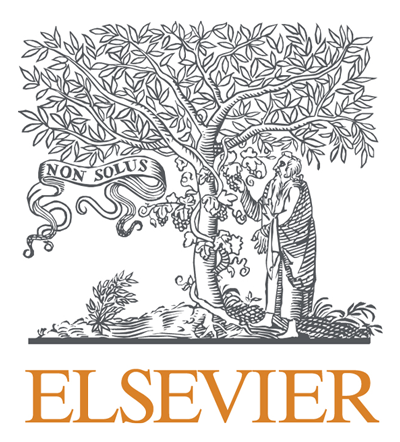Where are the malaria vectors? Identification and uncertainty associated with classification of mosquito’s habitat using remote sensing
Topics:
Keywords: malaria, public health, remote sensing, uncertainty
Abstract Type: Paper Abstract
Authors:
Robert Zupko, Pennsylvania State University
Helen Greatrex, Pennsylvania State University
,
,
,
,
,
,
,
,
Abstract
Malaria due to the Plasmodium falciparum parasite continues to be a major public health concern and is spread via mosquitos that belong to the Anopheles genus. While individual species of the Anopheles genus have specific environmental requirements, suitable habitat can be broadly identified based upon rainfall and temperature requirements. The application of remote sensing offers the prospect of identifying potential habitat, which in turn allows machine learning-based landcover classification to be leveraged to identify areas of possible malaria risk. However, such an approach also introduces uncertainty into the habitat classification and projected areas of malaria risk, potentially limiting the usefulness of the results in resource constrained environments. In this paper we explore how Google Earth Engine can be leveraged to identify possible Anopheles habitat along with projected areas of malaria risk; followed by a close interrogation of the results to evaluate the degree of uncertainty.
Where are the malaria vectors? Identification and uncertainty associated with classification of mosquito’s habitat using remote sensing
Category
Paper Abstract








